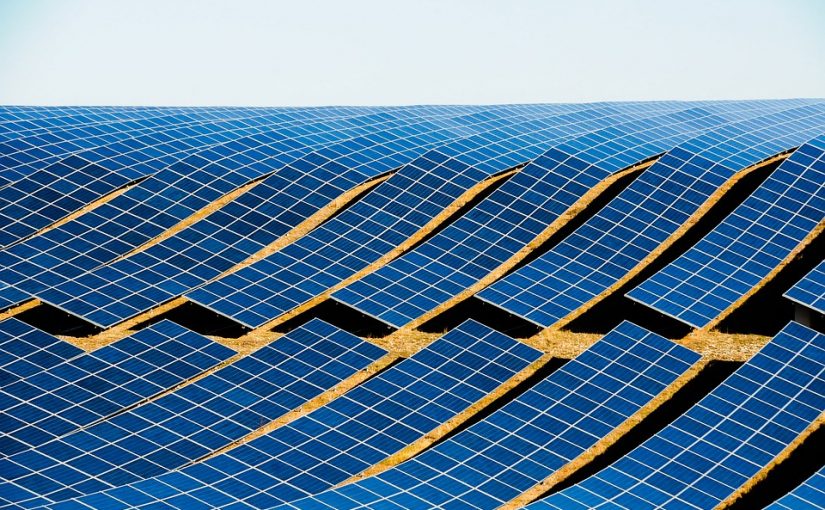With the invention of photovoltaic cells, polycrystalline solar panels have dominated the solar energy industry, having provided excellent alternative energy to grid power. Although its power generation may be limited, unlike mains electricity, solar power provides clean and cost-effective energy as long as there is sufficient sunlight. Most importantly, technological advancement in the solar industry has brought in a new buzz with the invention of flexible solar panels, also known as thin-film panels. Distinguished by their light weight and flexibility characteristics, the solar panels have proven to be a perfect solution for power mobility.
The Technology behind Thin-Film Solar Panels
You will find that a typical monocrystalline or polycrystalline solar panel is made of silicon wafers that are about 200 micrometers thick. In order to come up with a thin-film solar panel, the wafers are sliced down much further to make them as thin as possible for flexibility purposes.
A current trend in the manufacturing of the panels is the application of organic materials instead of the common silicon wafers. The panels are made by depositing a photovoltaic film on a flexible substrate such as paper, a cheaper alternative to glass. The manufacturing of the film involves two commercialized technologies, namely, the amorphous silicon and Copper Indium Gallium Selenide(CIGS). The key advantage of purchasing an amorphous silicon film panel is that it will provide you with power even in deficient light settings, especially during early mornings and evening.
Why You Should Consider Purchasing a Thin Film Solar Panel
The key advantage of thin-film solar panels is that they have a wide range of applications owing to their flexibility and lightweight. The panels are perfect to install on roofs that can’t hold the typical heavy polycrystalline solar panels due to structural limitations. With respect to their flexibility, thin-film panels can be installed on a wide range of structures since they can easily take the shapes of structural surfaces.
In addition, the panels are excellent portable power sources. Therefore, you don’t need to worry about your gadgets running out of power, whether you are camping or carrying out an expedition in a remote area.
Owing to their light weight, thin film solar panels are easy to install, whether on your home’s roof or recreational vehicle (RV). In this regard, the cost of installing the panel is lower compared to installation charges of a traditional solar panel.
It’s important to note that thin-film solar panels are less efficient than typical solar panels and hence may not be suitable for heavy power requirements. However, the panels are an excellent solution for power needs when you are camping, driving long distances, carrying out an expedition, or following a trail.
Conclusion
A flexible solar panel is made of extremely thin photovoltaic film, consequently, making it much more flexible and lighter than a traditional solar panel. Hence, the panel forms a perfect portable solar solution when you need temporary power during camping or long-distance driving.
